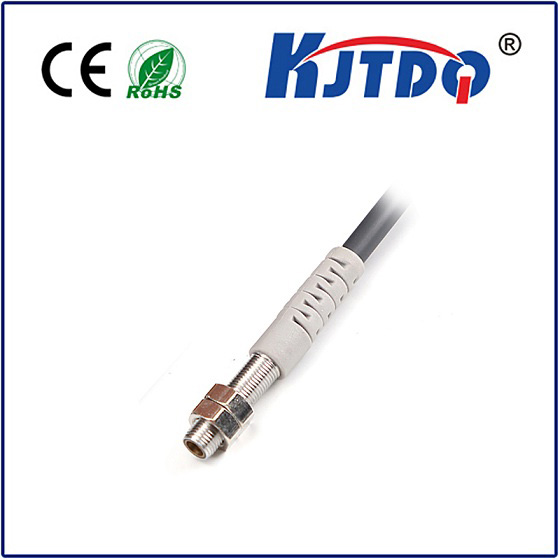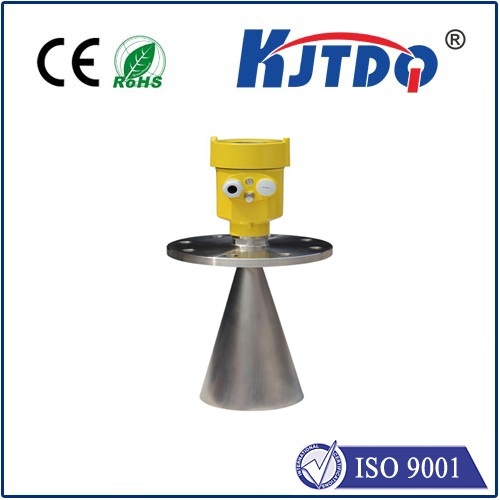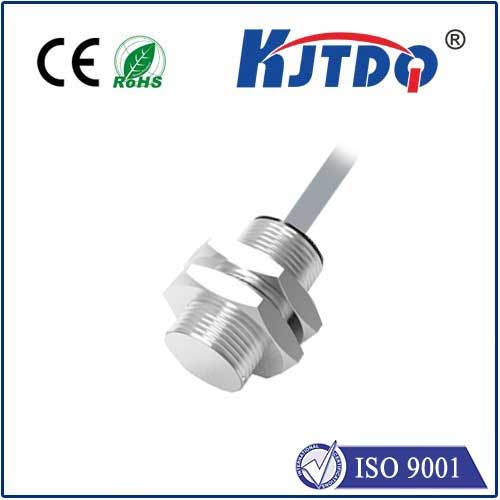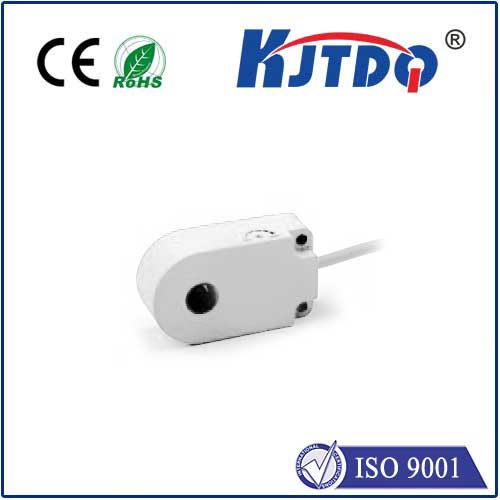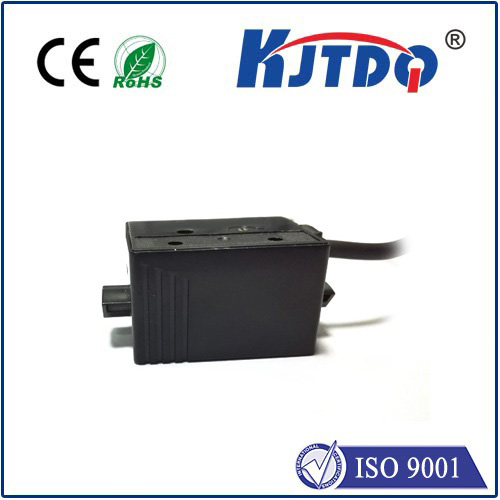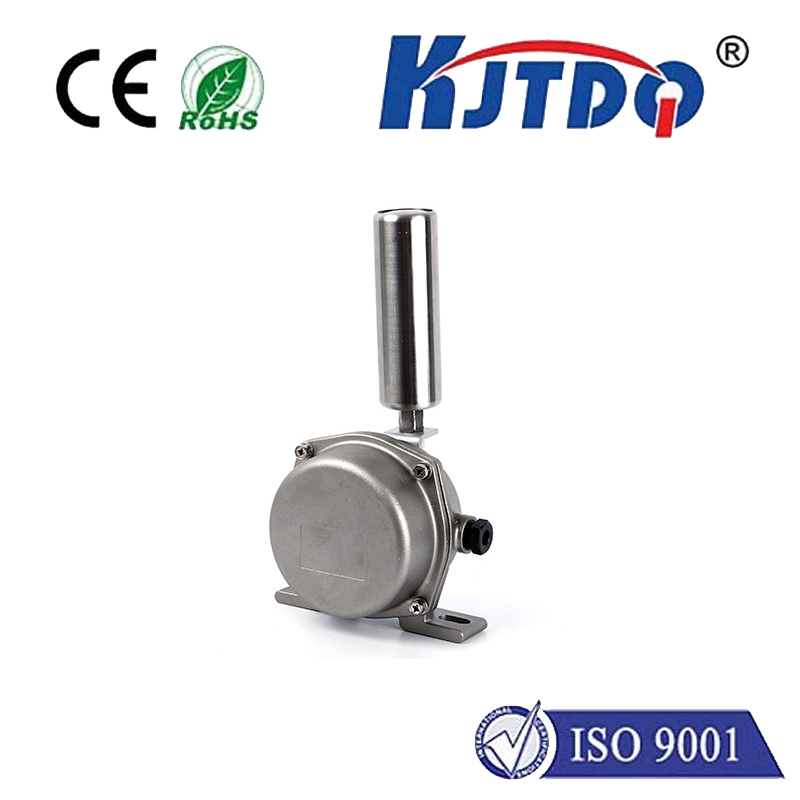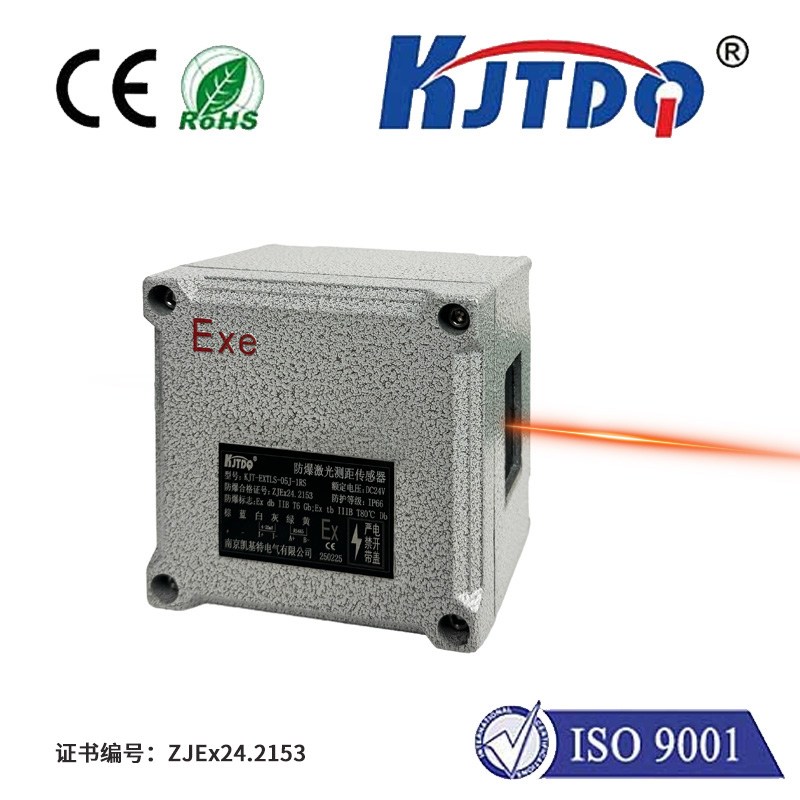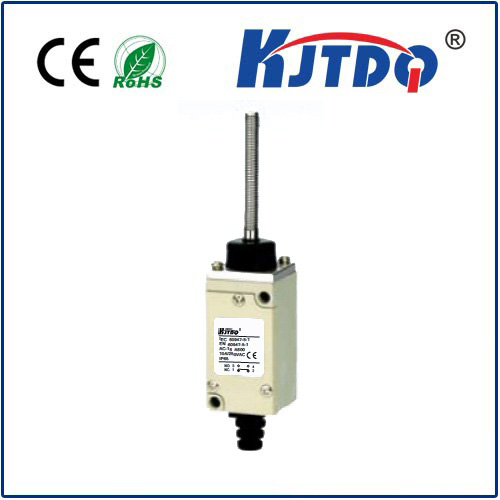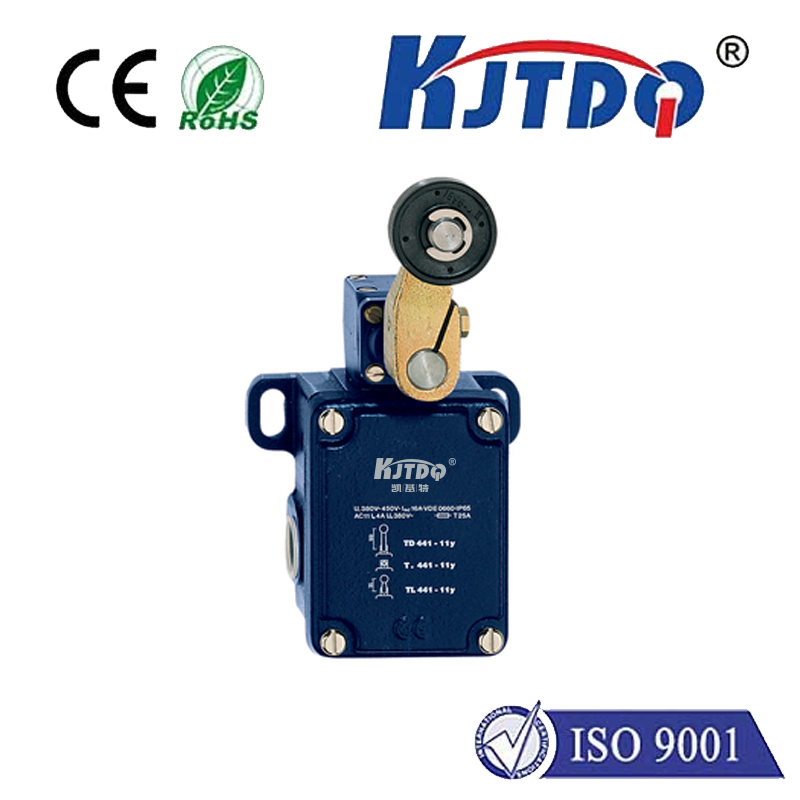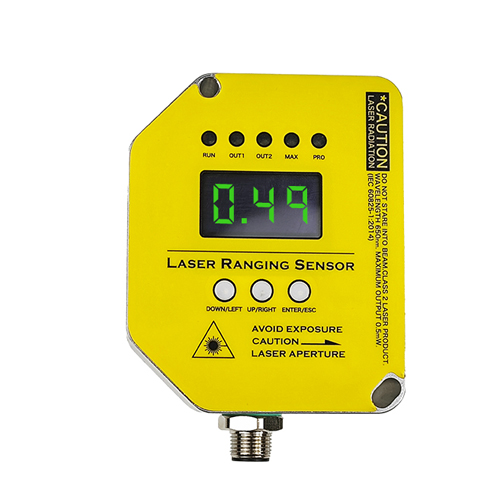

check

check

check

check
Imagine an invisible tripwire, incredibly reliable and extending an impressive two meters – not for security, but for the intricate dance of modern industrial automation. This is the realm of the E3FC-LN12 2M reflective proximity sensor, a specialized photoelectric device engineered for demanding, long-distance detection tasks where conventional sensors falter. Its unique capabilities unlock new possibilities in material handling, packaging, and logistics, offering robustness and precision unseen in shorter-range alternatives.
At its core, this sensor employs the fundamental principle of reflective sensing. It integrates both a sophisticated infrared light emitter and a high-sensitivity receiver into a single, rugged housing. The emitter projects a focused beam of modulated infrared light. When this beam encounters a target object within its exceptionally long 2-meter (2M) detection range, light reflects back towards the sensor. The integrated receiver detects this reflected signal. Crucially, the sensor’s internal electronics are finely tuned to recognize only this specific modulated light pattern, effectively ignoring ambient light interference from factory lighting or sunlight. Once the reflected signal strength surpasses a pre-set threshold, the sensor’s solid-state electronic switch activates, signaling the presence of the target – all without any physical contact.
So, why is the 2-meter range of the E3FC-LN12 such a game-changer?

Integrating the E3FC-LN12 into systems is streamlined. It typically features a robust cylindrical metal housing (like M12 or M18 threading), making it suitable for industrial environments. Connection is via a standard cable or connector, providing either a PNP (sourcing) or NPN (sinking) output signal compatible with virtually all Programmable Logic Controllers (PLCs) and machine control systems. Built-in LED indicators offer clear diagnostics for power and output status. Crucially, installation requires careful consideration of the target’s reflective properties. Light-colored, smooth surfaces reflect well, maximizing the effective range. Dark, matte, or uneven surfaces may reduce the usable range due to lower reflectivity. The sensor often includes a sensitivity potentiometer or teach-in function to fine-tune its response to specific target conditions and backgrounds.
The practical applications for a long-range 2M reflective sensor are vast across modern industry:
Compared to ultrasonic sensors, which also offer good range, the E3FC-LN12 reflective photoelectric sensor provides several distinct advantages: faster response times and higher switching frequencies, unaffected by target material, color (though reflectivity matters), or surface texture (as long as it reflects light), and generally greater precision in detection point due to the focused beam. Its immunity to soft materials like foam or fabric, which can absorb sound waves, is another significant benefit.
When selecting an E3FC-LN12 2M reflective proximity sensor, key specifications demand attention:
The E3FC-LN12 2M reflective proximity sensor represents a masterclass in solving specific industrial sensing challenges. Its ability to deliver contactless, reliable detection at distances of up to two meters from a single unit provides unparalleled flexibility and robustness for automation engineers. By overcoming the limitations of shorter-range sensors and the installation complexity of through-beam setups for medium-long range applications, it becomes an essential component in optimizing large-scale material flow, enhancing safety protocols, and boosting overall system efficiency in factories and warehouses worldwide. Its blend of performance, durability, and practicality makes it a cornerstone technology for modern, long-reach detection needs.
